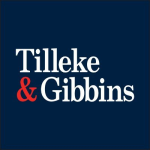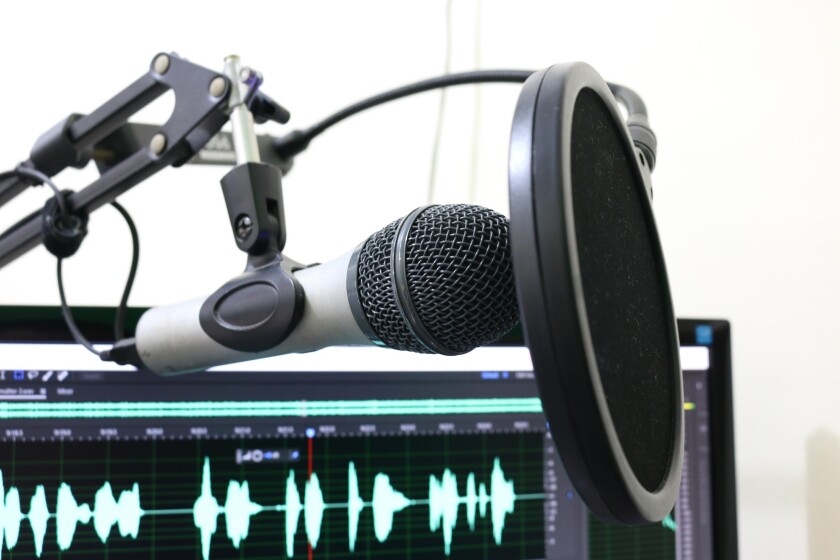When Vietnam’s newly amended IP Law takes effect on January 1 2023, bringing the country’s IP regime more in line with international standards, some of the most noticeable impacts will be in the copyright area. Some important changes in the amended IP Law are summarised below.
Reproduction
Reproduction is defined as the act of copying, in whole or in part, a work, sound or video recording, or broadcast programme fixation by any means and in any form. Therefore, copying only a part of a copyrighted work would still be considered an act of reproduction and could be subject to relevant sanctions.
Distribution rights
It is clearly provided that distribution rights are limited to products in a tangible form. Therefore, the act of making a work, sound or video recording, or broadcast programme fixation available in digital form (through the internet, for example) will not be considered an act of distribution.
Exceptions to copyright infringement
The amended IP Law widens the scope of exceptions to copyright infringement. Exceptions have been added for, among others, persons with disabilities. The reproduction, performance, and communication of a work in an accessible format (when the persons involved have legal access to the original or copy of the work) is permitted.
In addition, exceptions (including distribution rights) are added for not-for-profit organisations authorised by the government to operate in a related field.
It is also notable that “works of art” and “the collection and anthologizing of works” are excluded from the permissible exceptions.
Enforcement against infringements
There are significant changes in the approach to identifying acts of copyright and related rights infringement. Specifically, instead of listing all the possible acts of infringement, the amended IP Law states that any acts violating moral rights and economic rights that do not fall under the stipulated copyright or related rights limitations and exceptions would be infringements of copyright or related rights.
This means that it will be less likely for an act of infringement to be overlooked just because it is not included on a limited list, as is the case under the existing IP Law.
In addition, the IP Law amends and introduces some acts of infringement in relation to technological measures and rights management information employed by copyright and related rights owners to protect their works and related rights objects.
The introduction of these extra acts of copyright and related rights infringement provides additional legal protection and effective legal remedies against the circumvention of effective technological measures or rights management information used in connection with the protection of copyright and related rights.
Determining and distributing royalties
The IP Law adds a clause on the principles for determining and distributing royalties among co-authors and co-owners. This prioritises the parties’ mutual agreement, with consideration of their relative share of creative participation in and capital contribution to the work, performance, sound or video recording, or broadcast programme, and as appropriate for the form of use (for example, based on the type, form, quality, quantity or frequency of use). If no mutual agreement can be reached, the government’s regulations will be applied.
Rights of self-protection
The right of self-protection is broadened to allow rights holders to:
1. Publish rights management information or apply other technological measures to prevent IP infringements and meet the rapid changes of technology; and
2. Request infringers to remove and delete infringing content on telecommunications networks and the internet.
This change is a progressive step which enables copyright holders to actively request infringers to take down or remove infringing content in the digital environment without the order of an authority. This will be the basis for rights holders to request intermediary service providers (ISPs) to take down infringing content.
Presumption of copyright and related rights
A provision is introduced on the presumption of ownership, which complies with Article 18.72 of the Comprehensive and Progressive Agreement for Trans-Pacific Partnership (CPTPP). Accordingly, “authors, performers, producers of sound and video recordings, broadcasting organisations, producers of cinematographic works, and publishers that are named in the usual manner” are considered copyright holders, unless there is proof to the contrary.
This provision may help to accelerate copyright infringement proceedings by easing (a) the burden of proof on the rights owners, and (b) the verification of ownership of copyrighted works by the enforcement authorities. The amended IP Law further clarifies what constitutes “being named in the usual manner”.
ISP responsibility
The newly introduced Article 198(b) on the obligations of ISPs shows Vietnam’s attempt to impose effective methods to address copyright infringement in the digital environment by defining ISPs more broadly than the current definition, listing their functions rather than specific types of ISPs. More importantly, the IP Law introduces a responsibility for ISPs to coordinate directly with rights holders to protect copyright and related rights, which will make enforcement more straightforward.
In addition, a safe harbour mechanism for ISPs is introduced, requiring a takedown and site-blocking mechanism as a condition to enjoy safe harbour provisions. Specifically, ISPs are only entitled to a safe harbour when they:
1. Remove digital information content, or deny access to such content, when they know that it has been removed at the original source or the original source has cancelled access to it; or
2. Take prompt action to remove or prevent access to such content upon learning that it infringes on copyright or related rights.
Collective management organisations
Additional obligations are provided for collective management organisations, including the required submission of royalty rates and royalty payment methods to the Minister of Culture, Sports and Tourism for approval.













